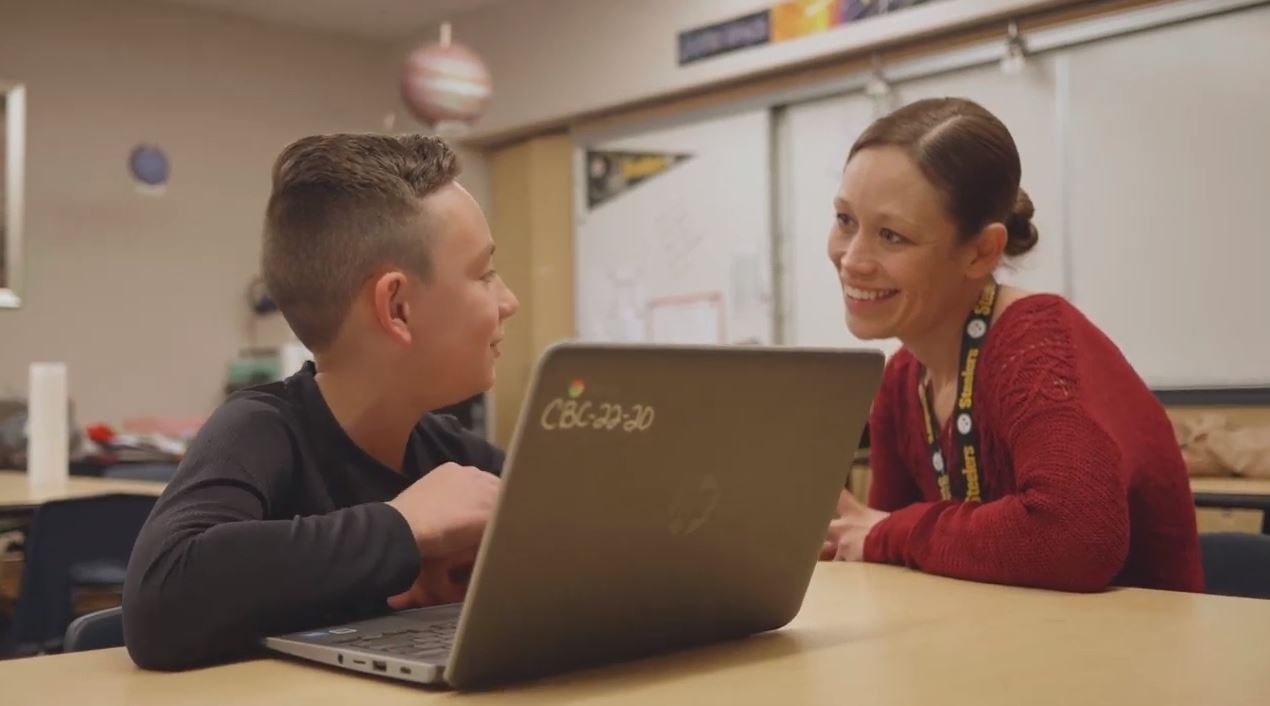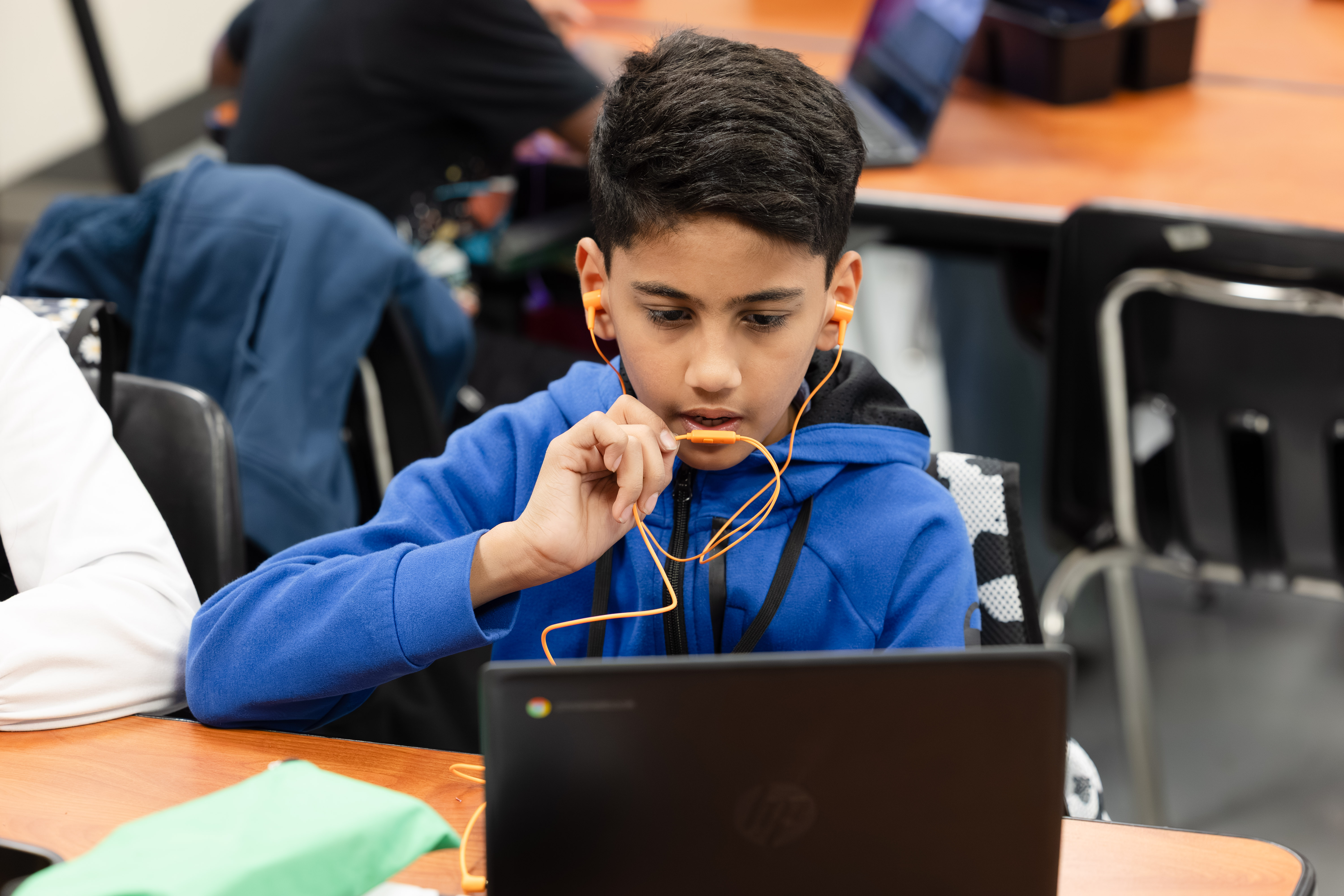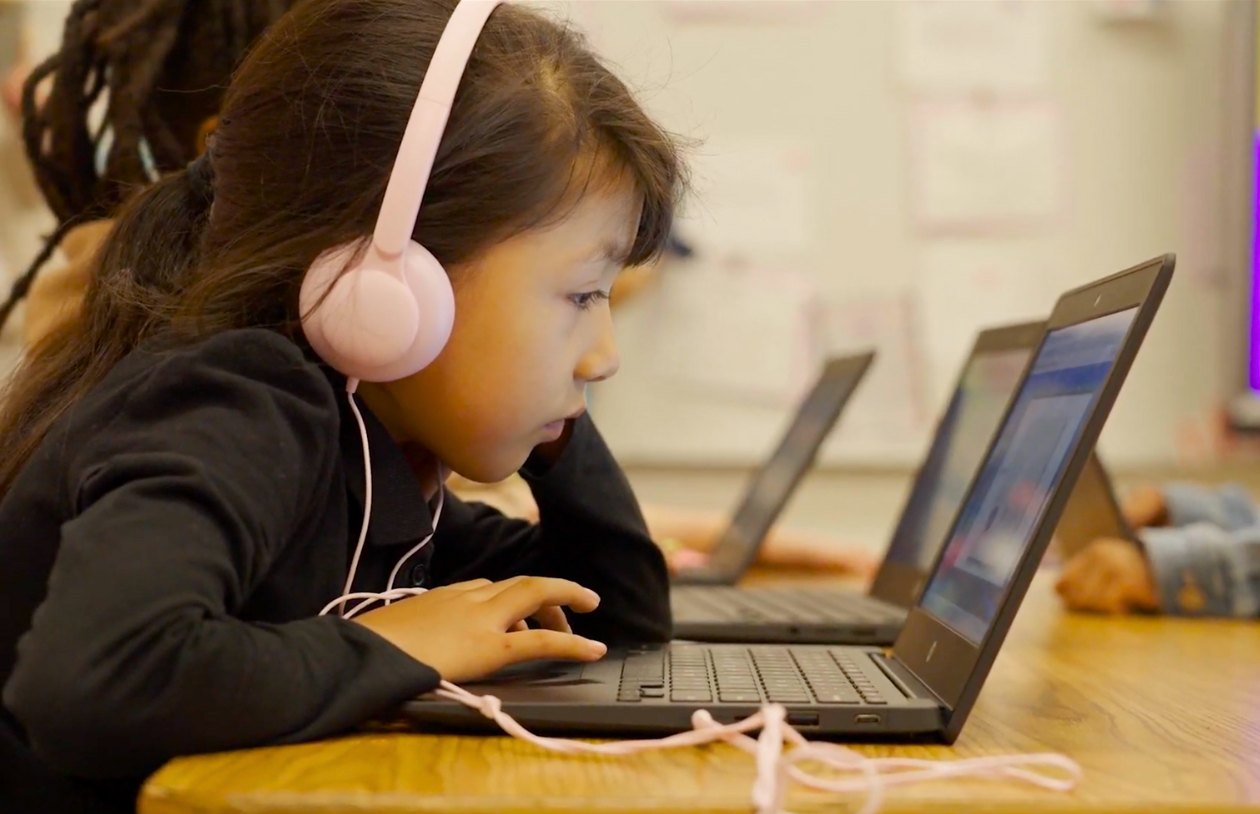The Benefits of Assessing Early Readers with the Big Five

It’s Important to Assess Early Readers in Each Area of the Big Five
Reading is one of the hardest skills to learn in early development. Unlike learning to walk or talk, reading isn’t something we develop naturally — it must be taught.
In 1997, the National Reading Panel distilled years of research and studies to develop the groundwork for five essential areas of reading, known as the Big Five:
- Phonemic awareness
- Phonics
- Fluency with text
- Comprehension
- Vocabulary
Though these areas can be defined separately, they are all essential in learning to read. With an understanding of how early readers learn, educators have a much better starting point to ensure their students are reaching their full potential.
3 Student Benefits of Assessing Each Area of the Big Five
Since all areas of the Big Five are essential in reading development, assessing students in these skill areas can offer several benefits. Read how students at your school or district can benefit below.
1. Students get scaffolded learning.
Scaffolding supports students by bridging gaps between what they know and what they still need to learn. Scaffolded learning is a time-tested approach to helping early learners become successful readers throughout their lives.
In an Istation podcast, Dr. Victoria Locke, director of research at Istation, attests that assessing with the science-backed method of the Big Five is a great way to address students’ academic struggles.
“The Big Five approach to reading is the best approach because it scaffolds, and the skills build upon one another,” Locke says. “The National Reading panel found that children with greater phonemic awareness were better able to apply the alphabetic principle, and the use of phonics in the early grades helped students learn to read faster.”
2. Students get the right instruction when they need it.
By administering assessments that are built with the Big Five in mind, educators can determine a student’s level of understanding at that particular time. With this knowledge, they can deliver the right instruction when each student needs it the most.
Digital tools like Istation’s reading program aid educators in assessing each area of the Big Five. Dr. Bill Fahle, the SVP of development research at Istation, explained how the program curates students’ assessments based on an adaptive computer algorithm. The reading program then delivers adaptive curriculum online that leads students through the sequence of the Big Five.
“Students begin by mastering phonemic awareness through activities that teach them to identify, segment, and blend sounds. Next, they learn the letters — including sounds — of the alphabet and become proficient in letter knowledge and decoding,” Fahle said.
After that, students move on to developing fluency with text and building reading comprehension. The final stage focuses on growing vocabulary.
The Istation platform includes a full library of tools and lesson plans aimed at addressing each phase of development for teachers to use in continued classroom instruction. The goal of this approach is to nurture reading skills and establish habits of learning.
3. Students become proficient readers.
The ultimate goal of assessing the Big Five is for your early learners to become proficient readers. It’s key to have students reading at or above grade level by third grade. We know from research that reading skills at third grade predict how well students will do in eighth grade, even on into high school.
“Reading is not a school skill,” said Wytonia Montgomery, a strategic professional development specialist for Istation. “It is now a life skill, which opens doors, and can change the trajectory of the student’s life.”
Educators at Vista Grande Elementary School in Rio Rancho, Nex Mexico, use Istation Reading to assess their students in all areas of the Big Five. By focusing on building a solid foundation in the early literacy skills, they are developing proficient, lifelong readers.
Check out the video to hear their story.
Discover how understanding the Big Five reading essentials and utilizing the right technology can help your students achieve reading success. Watch Istation’s dynamic webinar series on the science of reading.
Read more from the AI & The Reading Brain Blog


.avif)
